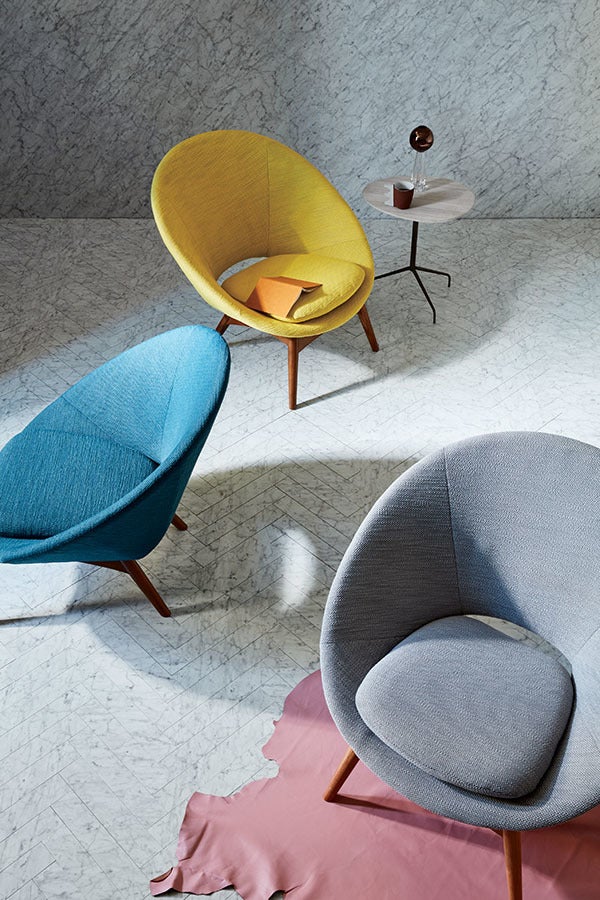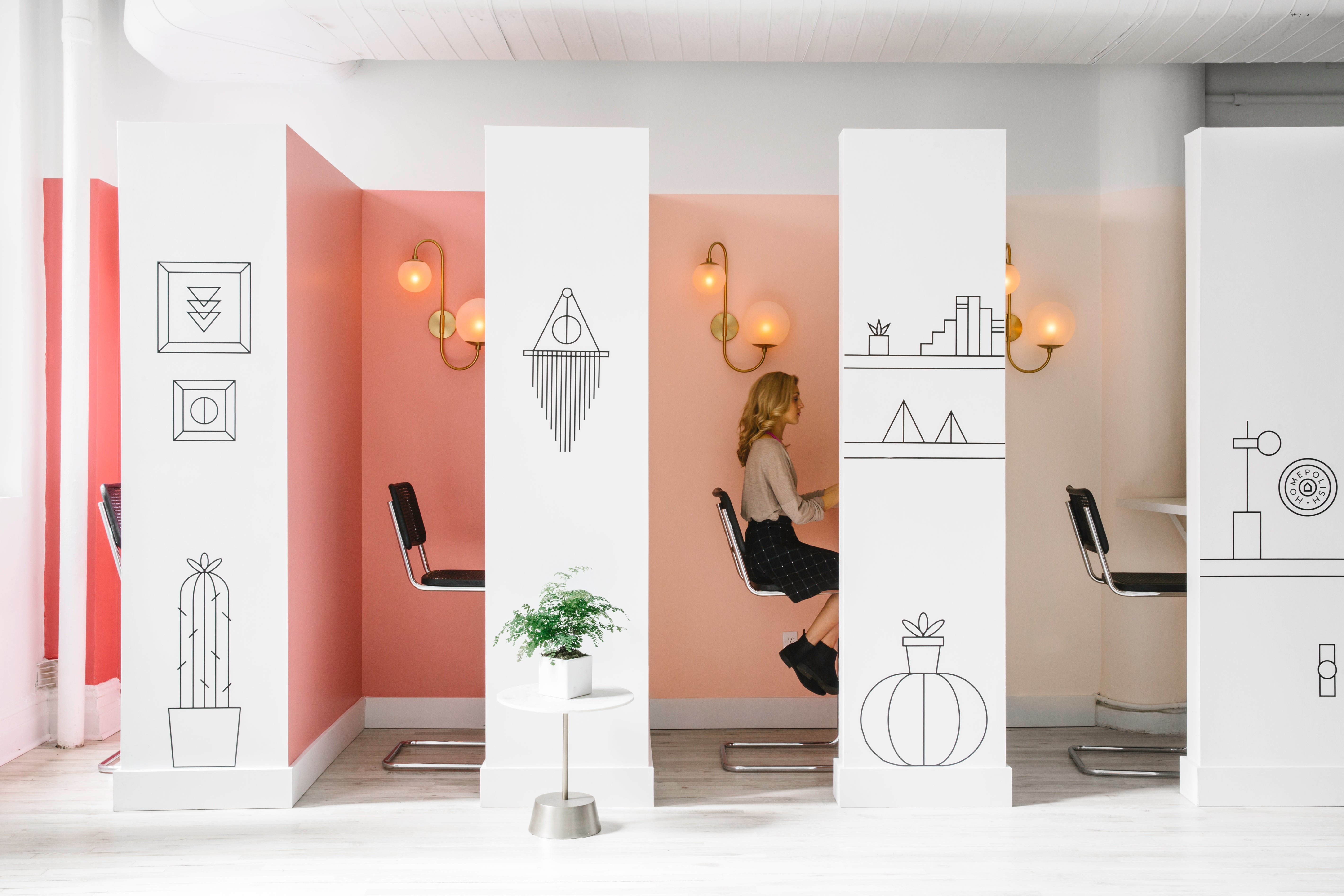Drab conference rooms are over. Cubicles are so passé. Thanks to the intrepid waves of start-up culture, offices are now cool-kid territory. Could the workplace be the next frontier of groundbreaking design? A few enterprising creatives think so.
Offices have long been primed for a design disruption, and unsurprisingly, it is the entrepreneurial spirit of many tech-related, millennial start-ups that have led the way in reforming workplace decor. We’ve all heard of the trappings that, say, a Google office offers—in-house gourmet chef, top-of-the-line gym, sleeping pods—Googlers can even bring their dogs to work. But this out-of-the box approach, designed to keep employees happy (and sticking around the office for long hours), is catching fire.

Interior designer Dani Arps has carved out a niche for herself specifically in the start-up office arena, having designed spaces for the likes of Breather and Fashionista. “When the dot-com bubble burst and none of these young graduates could get jobs around 2008, 2009, a lot of these young people started their own companies simply because they couldn’t get hired,” she says. Having circumvented the corporate structure from the beginning, many employees had different views of what an office should be. “Everyone wants a café-esque office because that’s where they started their companies. There’s this whole thing with start-ups wanting beanbags and a fun-house look, but it gets really old and cutesy fast. My style is an adult version of what they had before they could hire a designer—they want it to be fun and beautiful and grow with their company,” says Arps.

BOH subscribers and BOH Insiders.










































